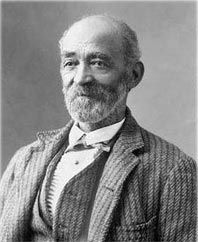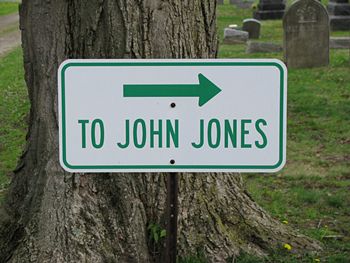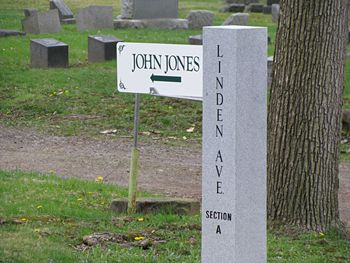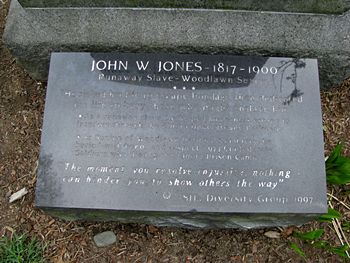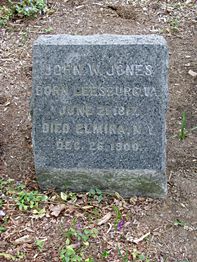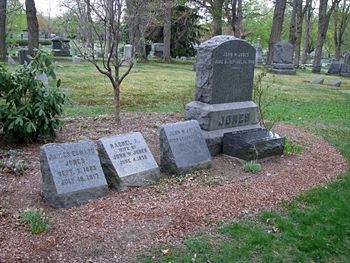|
(2010) Most
escaped slaves who passed through came via Harrisburg and Williamsport,
continuing their route to Rochester or another "station." Elmira's
participation in the Underground Railroad was significant because it was
the only stop between Philadelphia and St. Catherines, Ontario - the final
destination for many runaway slaves. At one point in July of 1845, 17
fugitive slaves were in the Elmira area, hiding on farms and at other
places |
|
(2010)
Enlarge John Jones was an ambitious
man and never idle. The first thing he did when he arrived in Elmira was
to offer to cut wood in exchange for $5 for Mrs. John Culp. Another early
job he took was in a tallow and candle store working for Seth Kelly. John
wanted to get an education, but was refused at first because he was black.
Judge Arial Standish Thurston befriended him, realized his potential and
made it possible for him to receive an education in fact, at the same
school where before he had been turned down. So John went to school in the
winter and worked as janitor for Miss Clara Thurston's school for young
ladies on Main Street. In October, 1847, he was appointed sexton or
caretaker of the first church building of the First Baptist Church that
had been constituted in 1829 under the name of the Baptist Church of
Southport and Elmira |
|
(2010)
Enlarge In 1854 he bought the
"yellow house next to the church" from an Ezra Canfield for $500. Two
years later, John Jones married Rachel Swails. Rachel's brother was
Stephen Swails, a Lieutenant in the 54th Massachusetts regiment, an
all black unit. The motion picture "Glory" is about this famous
regiment |
|
|
(2010)
Enlarge Another part of John W.
Jones's life for which he is very well known both in the North and in the
South is his burial of the many Confederate prisoners that died in the
Elmira Prison Camp. The prison camp was opened on July 6, 1864, in
buildings used earlier when the area was a training ground for Union
troops. Conditions in the prison camp were terrible. There was over
crowding, it was way too cold for those southern boys, they were still
living in tents in December. In the spring there was flooding, and Foster
Pond, the source of their drinking water, was contaminated. Everything
that could go wrong, did go wrong |
